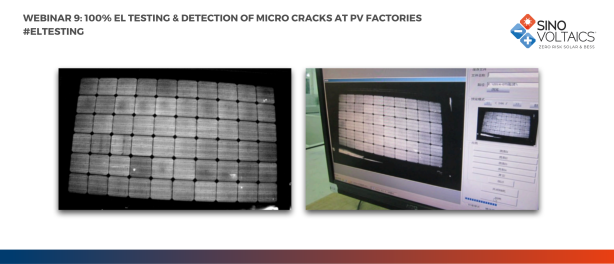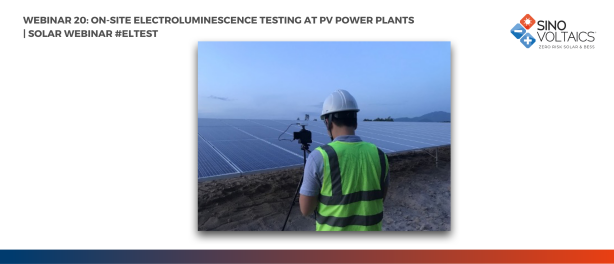Speaking about solar PV systems most people usually refer at first to solar panels, secondly to inverters and batteries, thirdly to charge controllers.
But what about the structures you need to mount your system on a roof or a tracking systems? The correct and proper choice of the mounting racks (also called: mounting structures) for your solar system project is very essential in terms of the overall production, efficiency and lifetime of your solar panels.
Since it is a costly investment, the choice of mounting racks should not be disregarded as a minor consideration if purchasing solar systems or mounting solar modules.
Solar modules need to be secured, mounted and tightened on a very stable and durable structure, protecting the array against impacts from snow, wind, hail, rain and even minor earthquakes.
They are either mounted on ground, on roofs or on poles. In the solar market there are five basic types of mounting structures of which four a fixed-angle types (a-d) and one variable-angle type (e):
a) roof mounted racks
b) ground mounted racks
c) top-of-pole mounted racks
d) side-of-pole mounted racks
e) tracking system mounted racks
Roof mounted racks typically keep the wire run distances between the solar array and the battery bank or inverter to a minimum, but require roof penetrations and run danger of causing roof leakages, thus the roof must be well sealed.
Another disadvantage of roof mounted structures can come up if the roof orientation and angle is not optimal, thus wasting lots of potential energy that your system could generate.
For optimal system efficiency using a roof mounted structure you need to ensure that there is no shadow from trees or other buildings in the optimally free airflow path of your solar panels.
Moreover, according to 690-5 of the US National Electrical Code-NEC they require expensive ground fault protection (GFP).
Ground mounted racks do not require GFP, but need a precise foundation setup. Ground mounted structures run danger of being exposed to vandalism, accumulation of dirt, leaves and snow at the bottom of the array.
Therefore, ground-mounted racks are only recommended for secure locations preferably in clean and stable environments (with few snow or dirt on-ground).
Top-of-pole mounted racks are structures where mounting poles are secured into the ground and tightened with concrete and the solar module is mounted on the top of the poles.
The advantage is that it is rather not exposed to vandalism and accumulation of dirt, leaves and snow, but are not easy to clean.

Side-of-pole mounted racks are normally used for solar systems that comprise a small number of modules. They are particularly used for remote lighting systems that already come with a pole where they can be easily attached to.
Tracking system mounted racks can be used for all kinds of solar tracking systems as well as solar water pumping systems, allowing for a maximum of sun radiation that can be used for generating electricity.
They especially pay-off in hot climates. There are two different types of mounted structures for tracking systems, that are one-axis and two-axis.
The one-axis trackers are designed to track the sun movement from the east to the west while the two-axis systems track the sun’s daily and seasonal course and are overwhelmingly used with PV concentrator systems.
![]()
Mounting rack material
Mounting racks can be made of different kinds of materials. Do not forget to ask your manufacturer about the material of his mounting structures in order to avoid wrong and post-project expensive choices.
The majority of manufacturers of mounting racks use Aluminum. It is not only low weight – thus decreasing weight pressure on the roof, pole or tracking system – but also corrosion-resistive, strong and compatible to the solar module frames of many manufacturers that are mostly made of Aluminum.
Another choice can be mounting structures made of stainless steel. Although stainless steel racks are very strong and resistant against environmental impacts such as hail, snow, rain etc. and can last for ages, they are nevertheless an expensive investment.
Wood-made mounting racks are cheap and easy to work, but are weak in consistence and bound to fail quickly particularly in wet environments.
Plastics-made mounting racks are also cheap, but not the optimal choice in terms of statics and lifetime. Like wood-made mounting racks , they may burn or even break if pressure on the solar panel (e.g. snow) is too high.
Last but not least, iron-made mounting racks are also easy to work and slightly more expensive than wooden racks , but quickly fall victim to corrosion and are not recommendable in wet environments.
Conclusion
If you purchase mounting structure you can usually choose from a wide range of manufacturers and a bunch of standard mounting structures.
Since every solar project and location requirement is different, it would be optimal to purchase a customized mounting rack, but they are expensive as compared to the standard solutions.
Thus it is advisable to do detailed calculation in terms of the mounting racks, taking into account the project site, sun radiation and mounting material that is proper for the project site and do efficiency/ pricing comparisons.
Sometimes, purchasing a customized solution may – despite possible efficiency losses with standard structures – may not be worth the investment.
If buying a customized solar system, optimally a complete one if you are an end-user that includes panels, inverters, batteries, charge controller and mounting rack, good and serious companies will provide you with a system design that in view of your individual project requirements includes customized mounting structures that also come with proper certification (ISO, CE, TUV etc.).







Sangeetha
on 26 Jan 2022L Jayasree
on 25 May 2017Harshal
on 12 Mar 2019ata
on 22 May 2017